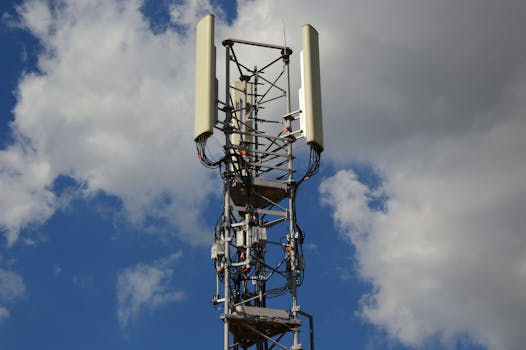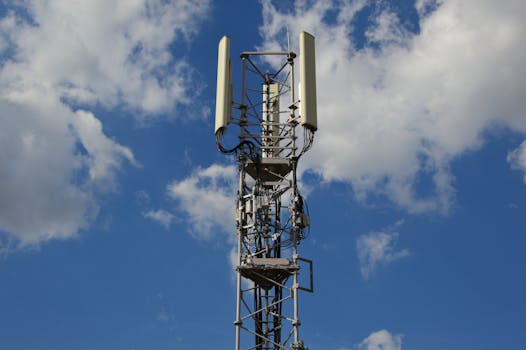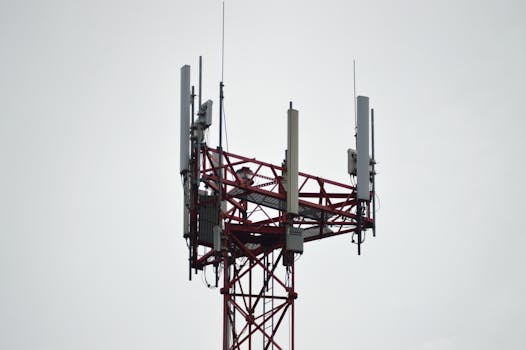
Consumer Behavior Shifts in Telecom Services are revolutionizing the way telecom companies operate and provide services to their customers. The telecom industry is undergoing a significant transformation driven by changes in consumer behavior. With the advent of digital technologies, consumers are becoming more connected, informed, and demanding. They expect personalized, seamless, and omnichannel experiences from their telecom service providers.
The consumer behavior shifts in telecom services can be attributed to several factors, including the proliferation of smartphones, the rise of social media, and the increasing adoption of digital payment systems. Consumers are no longer satisfied with traditional telecom services and are seeking more innovative and interactive experiences. They want to be able to manage their accounts, access services, and interact with their service providers through multiple channels, including mobile apps, websites, and social media platforms.
The Impact of Digital Transformation on Telecom Services

The digital transformation of the telecom industry is having a profound impact on consumer behavior. Consumers are increasingly expecting personalized experiences, tailored to their individual needs and preferences. They want to be able to access services and content on-demand, and they expect their service providers to be proactive in addressing their needs. The use of artificial intelligence and machine learning is becoming more prevalent in the telecom industry, enabling service providers to offer more personalized and predictive services to their customers.
The Internet of Things (IoT) is also playing a significant role in shaping consumer behavior in the telecom industry. Consumers are increasingly using connected devices, such as smart home devices, wearables, and vehicles, which are generating vast amounts of data. This data is being used by telecom service providers to offer more personalized and targeted services to their customers. For example, a telecom service provider can use data from a customer’s smart home device to offer them personalized entertainment and media services.
The Role of 5G in Shaping Consumer Behavior

The advent of 5G networks is expected to have a significant impact on consumer behavior in the telecom industry. 5G networks offer faster data speeds, lower latency, and greater connectivity, which will enable consumers to access more services and content on-demand. The use of 5G networks will also enable the widespread adoption of emerging technologies, such as augmented reality and virtual reality, which will further transform the way consumers interact with their telecom service providers.
The 5G network will also enable the development of more innovative and interactive services, such as cloud gaming and streaming services. These services will require significant amounts of data and bandwidth, which will drive the demand for more advanced and high-speed networks. The use of 5G networks will also enable telecom service providers to offer more personalized and targeted services to their customers, such as personalized advertising and content recommendations.
Conclusion

In conclusion, the consumer behavior shifts in telecom services are driven by the advent of digital technologies and the increasing demand for personalized and seamless experiences. The digital transformation of the telecom industry is having a profound impact on consumer behavior, and the use of emerging technologies, such as artificial intelligence and machine learning, is enabling service providers to offer more personalized and predictive services to their customers. The advent of 5G networks will further transform the way consumers interact with their telecom service providers, and will enable the development of more innovative and interactive services.
See more:
